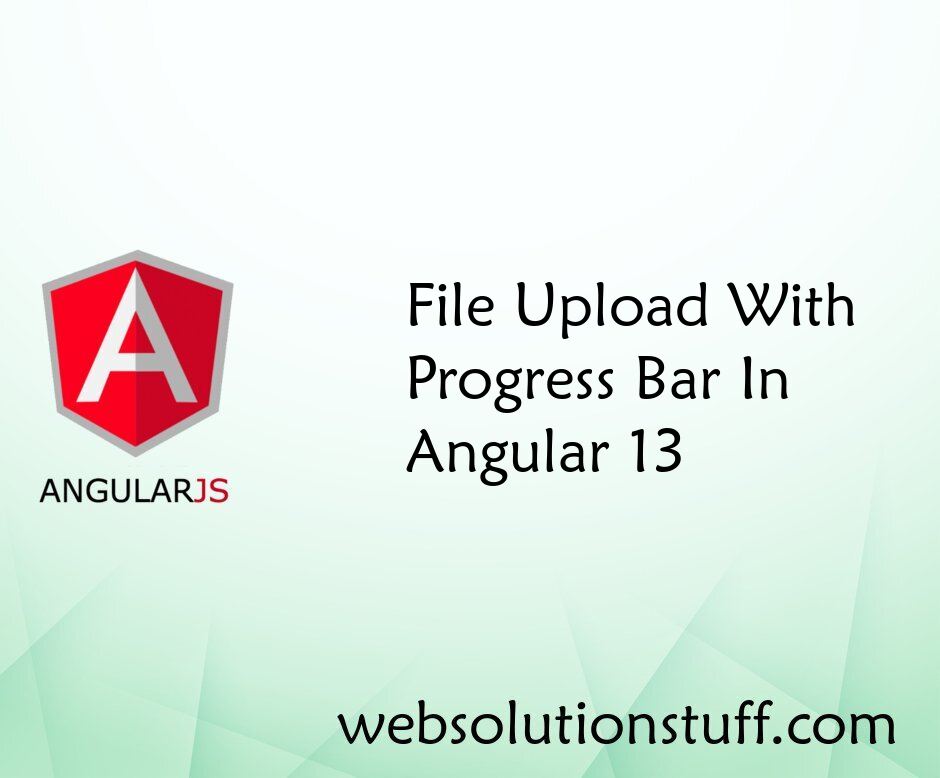How to Handle Exception in PHP with Example
Websolutionstuff | Dec-15-2023 | Categories : Laravel PHP
Hey there, Ever found yourself scratching your head over unexpected errors in your PHP code? Fret not, because today, we're diving into the world of handling exceptions in PHP. Think of exceptions as friendly messengers that help you deal with unexpected situations in your code.
In this guide, I'll walk you through the basics step by step, using simple examples that even beginners can grasp. Also, see the example of exception handling in PHP and the types of exception handling in PHP.
So, let's gear up and make our PHP code more robust together and see the types of exception handling in PHP.
What are Exceptions?
Before we start catching exceptions, let's understand what they are. In PHP, an exception is a way of handling errors or exceptional events during the execution of a script.
It provides a structured approach to deal with unexpected situations without crashing your entire application.
In PHP, exceptions are objects that represent errors or exceptional events. They provide a structured way to handle errors without crashing the entire application.
Wrap the code that might throw an exception inside a try block, and catch the exception using a catch block. This prevents the script from terminating abruptly.
try {
// Code that might throw an exception
$result = 10 / 0; // Example: Division by zero
} catch (Exception $e) {
// Handle the exception
echo "Caught exception: " . $e->getMessage();
}
You can intentionally throw exceptions in your code to indicate exceptional conditions. Create custom exception classes for different scenarios.
class CustomException extends Exception {}
function exampleFunction($value) {
if ($value < 0) {
throw new CustomException("Value must be non-negative");
}
return $value * 2;
}
try {
echo exampleFunction(-5);
} catch (CustomException $e) {
echo "Caught custom exception: " . $e->getMessage();
}
Catch different types of exceptions separately by using multiple catch blocks.
try {
// Code that might throw different exceptions
} catch (CustomException $e) {
// Handle CustomException
echo "Caught custom exception: " . $e->getMessage();
} catch (AnotherException $e) {
// Handle AnotherException
echo "Caught another exception: " . $e->getMessage();
} catch (Exception $e) {
// Handle any other exceptions
echo "Caught generic exception: " . $e->getMessage();
}
Use the finally block to specify code that should be executed regardless of whether an exception was thrown or not.
try {
// Code that might throw an exception
} catch (Exception $e) {
// Handle the exception
echo "Caught exception: " . $e->getMessage();
} finally {
// Code to be executed regardless of an exception
echo "Finally block executed.";
}
And there you have it, fellow developers! Handling exceptions in PHP is a crucial skill that can save you from countless debugging headaches.
By incorporating try-catch blocks, throwing exceptions strategically, and utilizing advanced features like multiple catch blocks and the finally block.
You might also like:
- Read Also: How to Get All Routes in Laravel 10
- Read Also: How to Upgrade PHP 7.4 to 8.0 in Ubuntu
- Read Also: How To Downgrade PHP 8 to 7.4 in Ubuntu
- Read Also: How To Install phpMyAdmin In Ubuntu
Recommended Post
Featured Post

How To Import Large CSV File I...
In this article, we will see how to import a large CSV file into the database using laravel 9. Here, we will learn&...
Sep-15-2022

Laravel 10: New Features And R...
In our ever-changing digital landscape, staying ahead of the competition is essential. And that's precisely what we&...
Jan-11-2023

How To Get Current Date And Ti...
In this article, we will see how to get the current date and time in react js. You can get the current date and tim...
Sep-02-2022

File Upload With Progress Bar...
In this article, we will see the file upload with a progress bar in angular 13. In this example, we will learn how to im...
Jun-11-2022